Sometimes, despite all precautions against yellowjackets, these aggressive insects will sting for no reason.
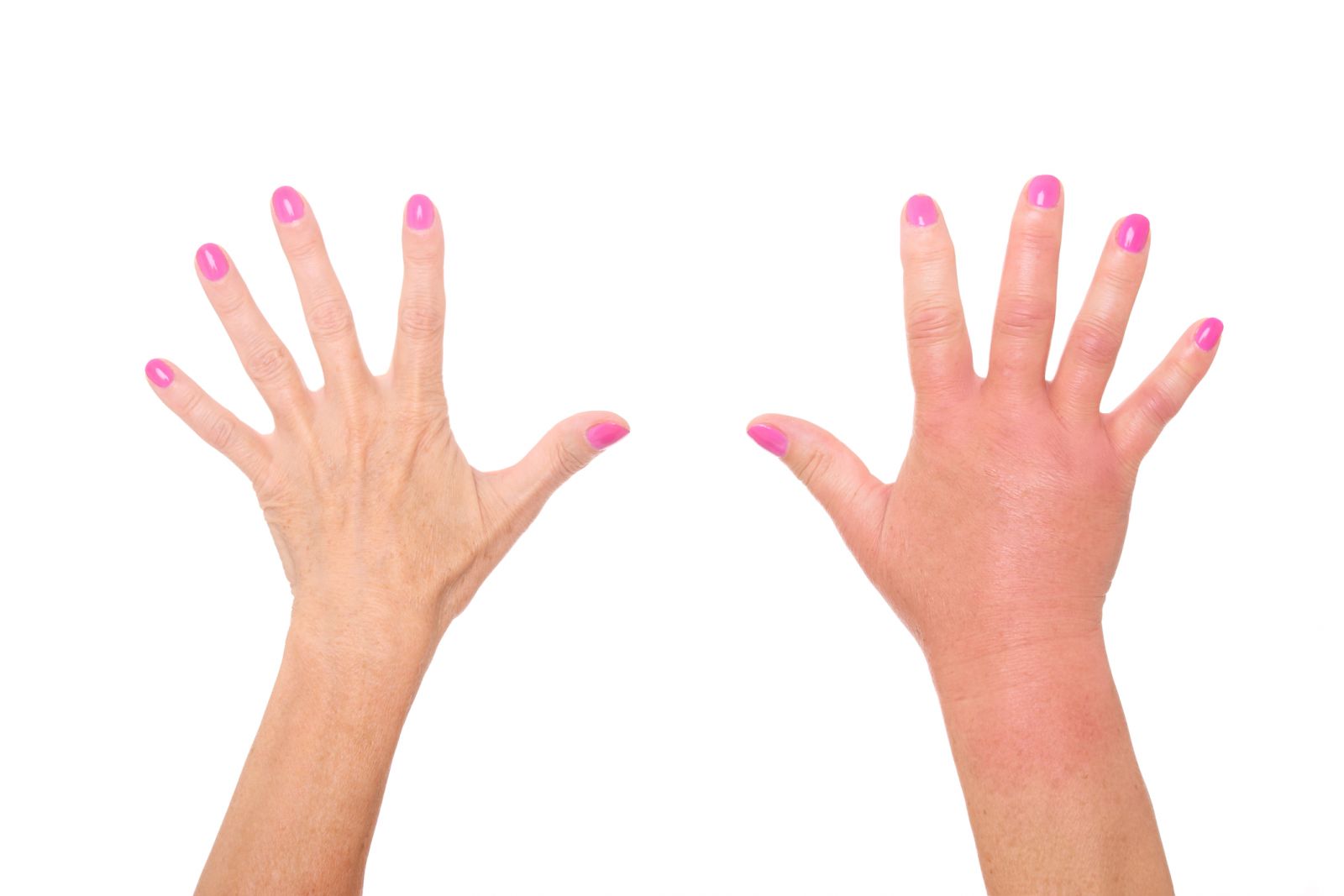 In most people, a yellowjacket sting produces an immediate pain at the sting site. There will be localized reddening, swelling and itching. Unlike a bee, a yellowjacket will not leave a barbed stinger in the skin.
In most people, a yellowjacket sting produces an immediate pain at the sting site. There will be localized reddening, swelling and itching. Unlike a bee, a yellowjacket will not leave a barbed stinger in the skin.
A yellowjacket will often bite the skin to get a better grip, and then jab its stinger into a person's flesh repeatedly.
Here's what to do if you or someone with you is stung by a yellowjacket:
- Wash the wound carefully with soap and water. This will help remove the venom.
- Apply cold water or ice in a wet cloth, or a paste of meat tenderizer with water.
- Take a pain reliever or an oral antihistamine to reduce swelling.
- Apply a calamine product to reduce itching.
- Lie down.
- Lower the stung arm or leg below the heart.
- Do not drink alcohol or take sedatives.
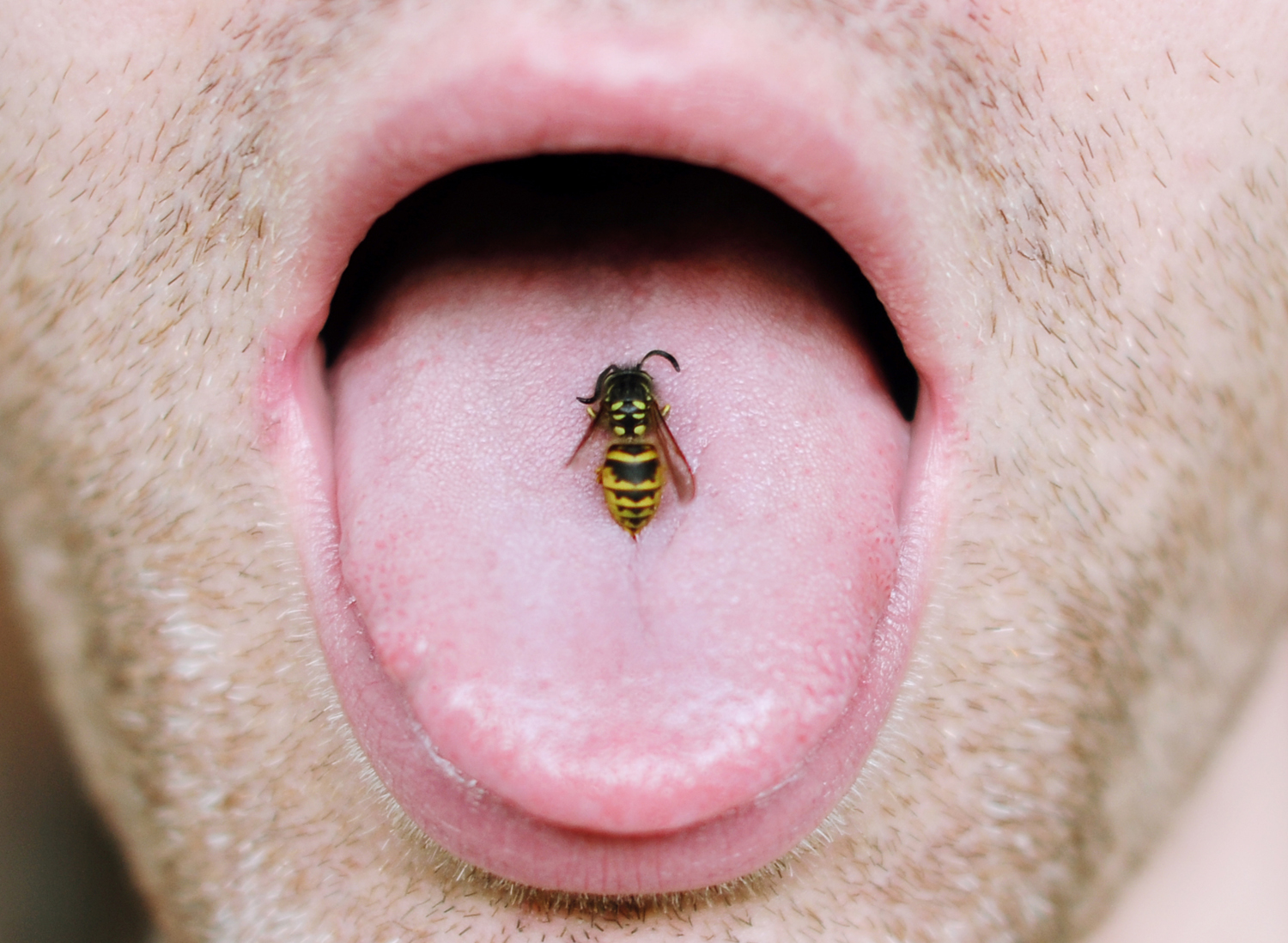 If the sting is to the throat or mouth, seek medical attention immediately! Swelling in these areas can cause suffocation.
If the sting is to the throat or mouth, seek medical attention immediately! Swelling in these areas can cause suffocation.
Signs that a person may be allergic…
- Severe swelling in parts of the body distant from the sting site
- Widespread skin irritation/hives
- Constriction in throat and chest/difficulty breathing
- Dizziness or fainting
- Vomiting or diarrhea
The above symptoms after a sting point to anaphylaxis -- a severe allergic reaction that can be life-threatening.
If you’re with someone who is experiencing anaphylaxis, you should:
- Call 911
- See if they have an epinephrine (adrenaline) auto-injector (Epi-Pen) and inject them
- Try to keep them calm
- Help them lie on their back
- Raise their feet about 12 inches and cover them with a blanket
- Turn them on their side if they are vomiting or bleeding
- Make sure their clothing is loose so they can breathe
- Avoid giving them oral medications or anything to drink, and avoid lifting their head -- especially if they’re having trouble breathing
For more information about an insect sting allergy, the American Academy of Allergy, Asthma and Immmunology is a great resource.


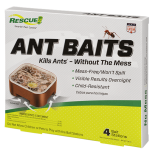 Ant Baits
Ant Baits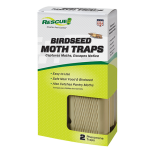 Birdseed Moth Trap
Birdseed Moth Trap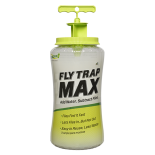 Fly Trap Max
Fly Trap Max Fly Trap, Big Bag
Fly Trap, Big Bag 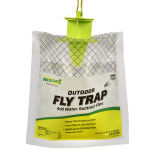 Fly Trap, Disposable
Fly Trap, Disposable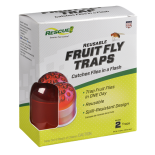 Fly Trap, Fruit Fly
Fly Trap, Fruit Fly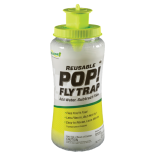 Fly Trap, POP! Fly
Fly Trap, POP! Fly 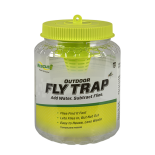 Fly Trap, Reusable
Fly Trap, Reusable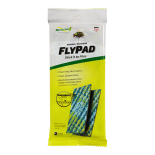 FlyPad
FlyPad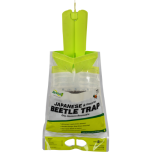 Japanese & Oriental Beetle Trap
Japanese & Oriental Beetle Trap Spider Trap
Spider Trap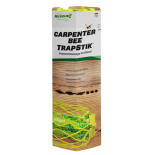 TrapStik, Carpenter Bee
TrapStik, Carpenter Bee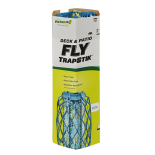 TrapStik, Deck & Patio Fly
TrapStik, Deck & Patio Fly 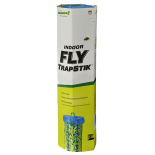 TrapStik, Indoor Fly
TrapStik, Indoor Fly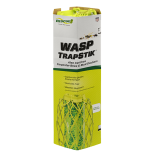 TrapStik, Wasp
TrapStik, Wasp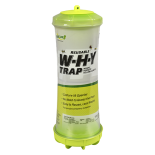 W·H·Y Trap for Wasps, Hornets & Yellowjackets
W·H·Y Trap for Wasps, Hornets & Yellowjackets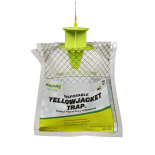 Yellowjacket Trap, Disposable
Yellowjacket Trap, Disposable 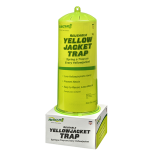 Yellowjacket Trap, Reusable
Yellowjacket Trap, Reusable 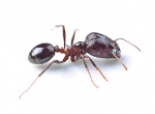 Ants
Ants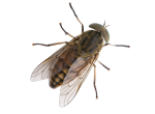 Biting Flies
Biting Flies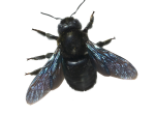 Carpenter Bees
Carpenter Bees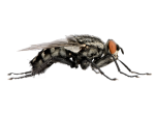 Flies
Flies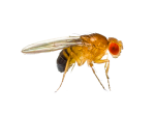 Fruit Flies
Fruit Flies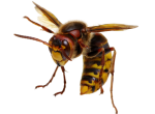 Hornets
Hornets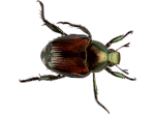 Japanese Beetles
Japanese Beetles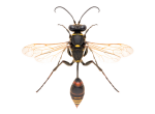 Mud Daubers
Mud Daubers Oriental Beetles
Oriental Beetles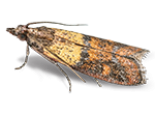 Birdseed & Pantry Moths
Birdseed & Pantry Moths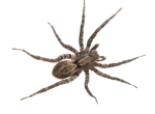 Spiders
Spiders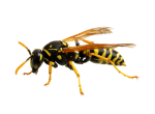 Wasps
Wasps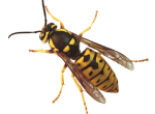 Yellowjackets
Yellowjackets